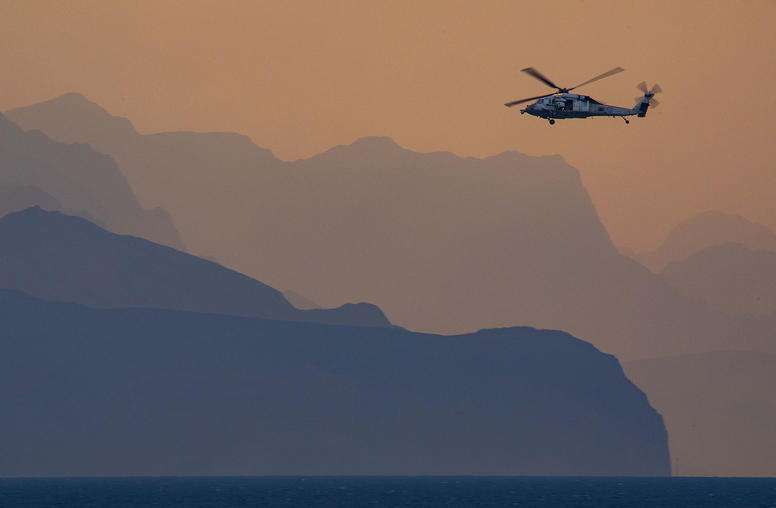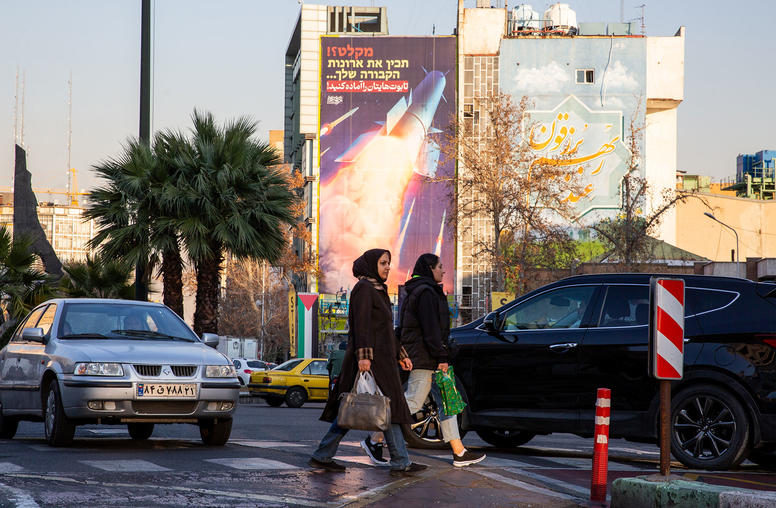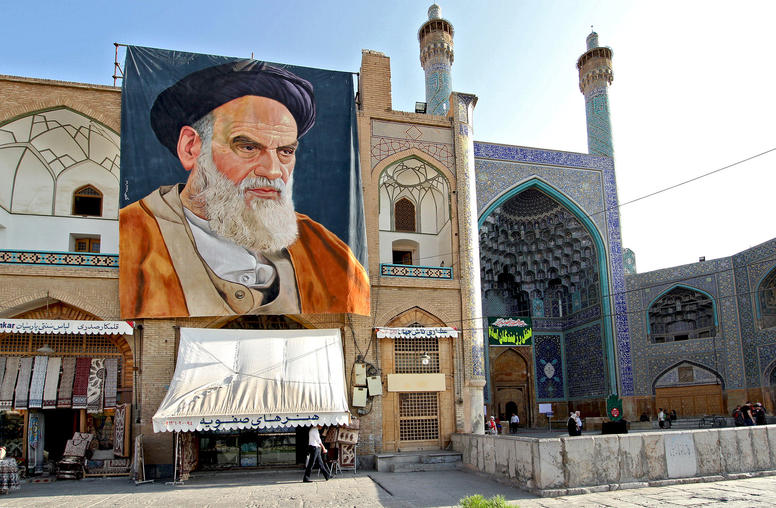 Iran
Iran
Iran has been a conundrum since its 1979 revolution. It stunned the world by introducing Islam as a form of modern governance, and rattled the region by exporting its zealous ideology. It supported militant allies and challenged international norms. For decades, dealing with the Islamic Republic was complicated by internal repression, menacing rhetoric, and defiance over its nuclear program. USIP conducts research and policy analysis on Iran, and Institute experts regularly brief Congressional staff and U.S. officials.
Learn more in USIP’s fact sheet on The Current Situation in Iran. For a comprehensive website on Iran providing timely analysis by American and Iranian scholars, see The Iran Primer, hosted by USIP.
Iran Timeline: Since the 1979 Revolution
Featured Publications

The Growing Flashpoints Between the U.S. and Iran
Tension between Washington and Tehran has been a growing undercurrent of the war in Gaza, even as both countries tried to prevent it from sparking a direct confrontation during the first six months of fighting. Robin Wright, a joint fellow at USIP and the Wilson Center, explores the evolving flashpoints in the world’s most volatile region as well as the challenges for U.S. diplomacy, the new triggers for a wider regional conflagration and the historical backdrop.

The United States Weighs Its Options in the Face of Iran’s Provocations
Three U.S. troops were killed and at least 34 injured in a drone strike on a U.S. base in northeast Jordan on January 28. The attack comes against a backdrop of rising regional tensions since the outbreak of conflict in Gaza following the October 7 Hamas terrorist attack on Israel.

Making Sense of Iran-Pakistan Cross-Border Strikes
In a surprising turn on January 16, Iran launched missile strikes into Pakistan’s Baluchistan province, claiming it had hit two strongholds of anti-Iran insurgent group Jaish al-Adl (Army of Justice). Iran announced the attack in Pakistan concurrent to its strikes in Iraq and Syria. Less than two days later, Pakistan hit back with not only missiles but also fighter jets in Iran’s Sistan-Baluchistan province — claiming to target hideouts of anti-Pakistan ethno-nationalist insurgents operating from Iranian soil.
Current Projects

The Iran Primer
In 2010, USIP and the Woodrow Wilson Center launched “The Iran Primer”—an original book and regularly updated website—to provide resources and education about Iran, which has been one of the thorniest foreign policy issues for the United States since 1979. The website continues to cover Iran’s domestic politics and foreign relations, the economy, the military, its nuclear and missile programs, and U.S. policy. The project’s goal is to help develop a better understanding of the challenges Iran poses and reduce the likelihood of violent conflict. Featuring book chapters and articles by more than 80 leading experts from 20 think tanks, eight universities, and six U.S. administrations, it has become the world’s most comprehensive source for data and analysis on the Islamic Republic of Iran.